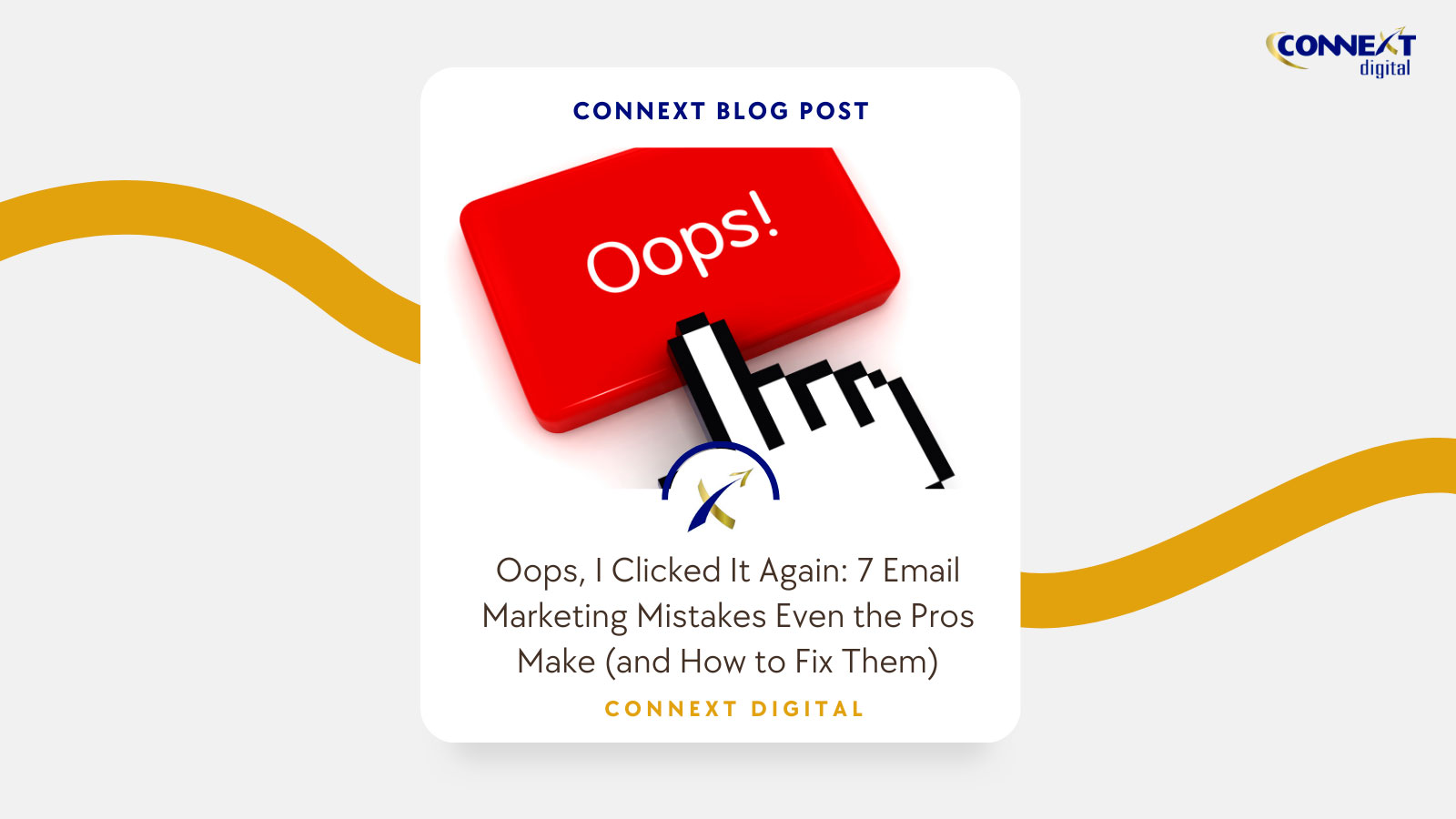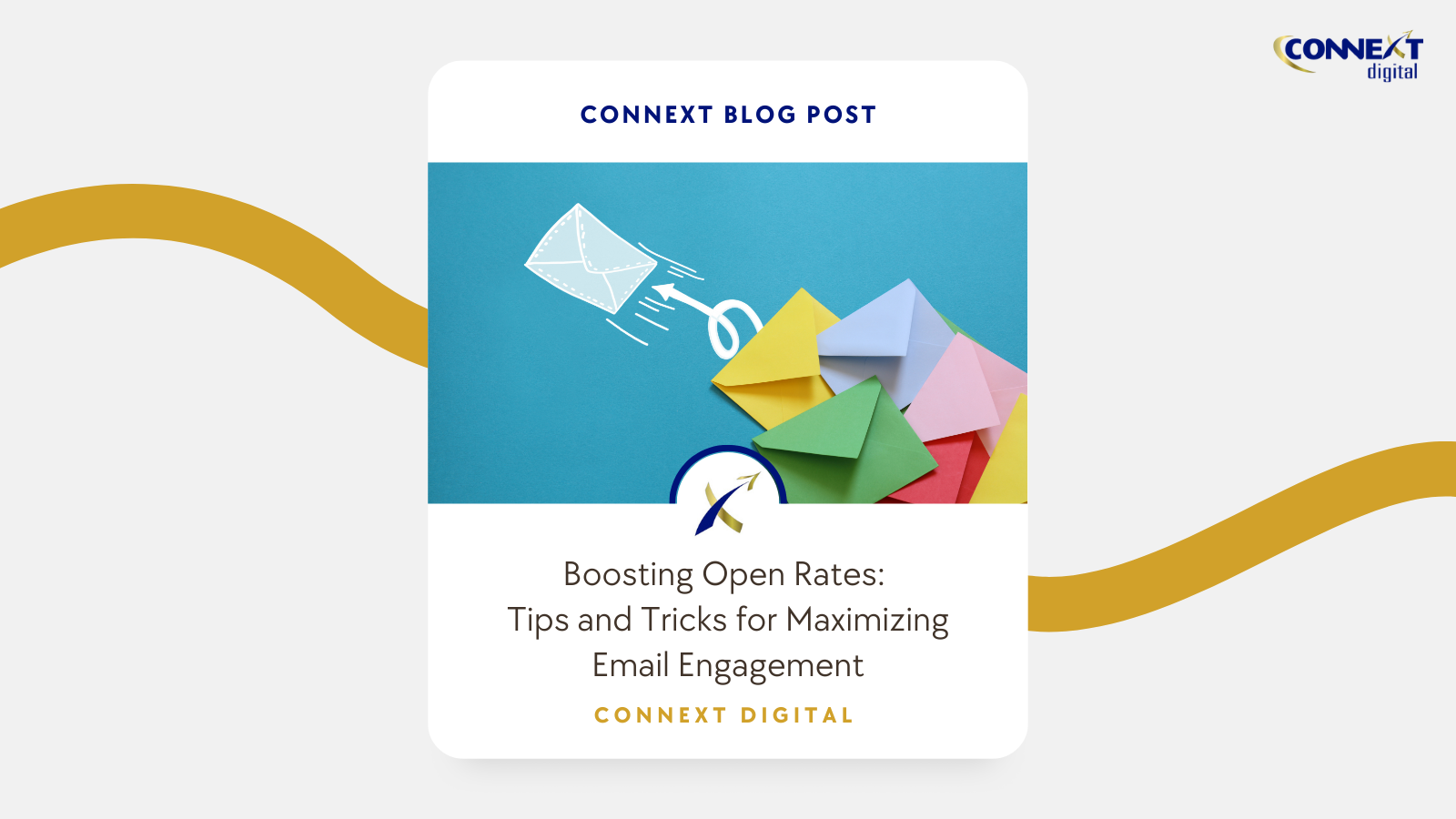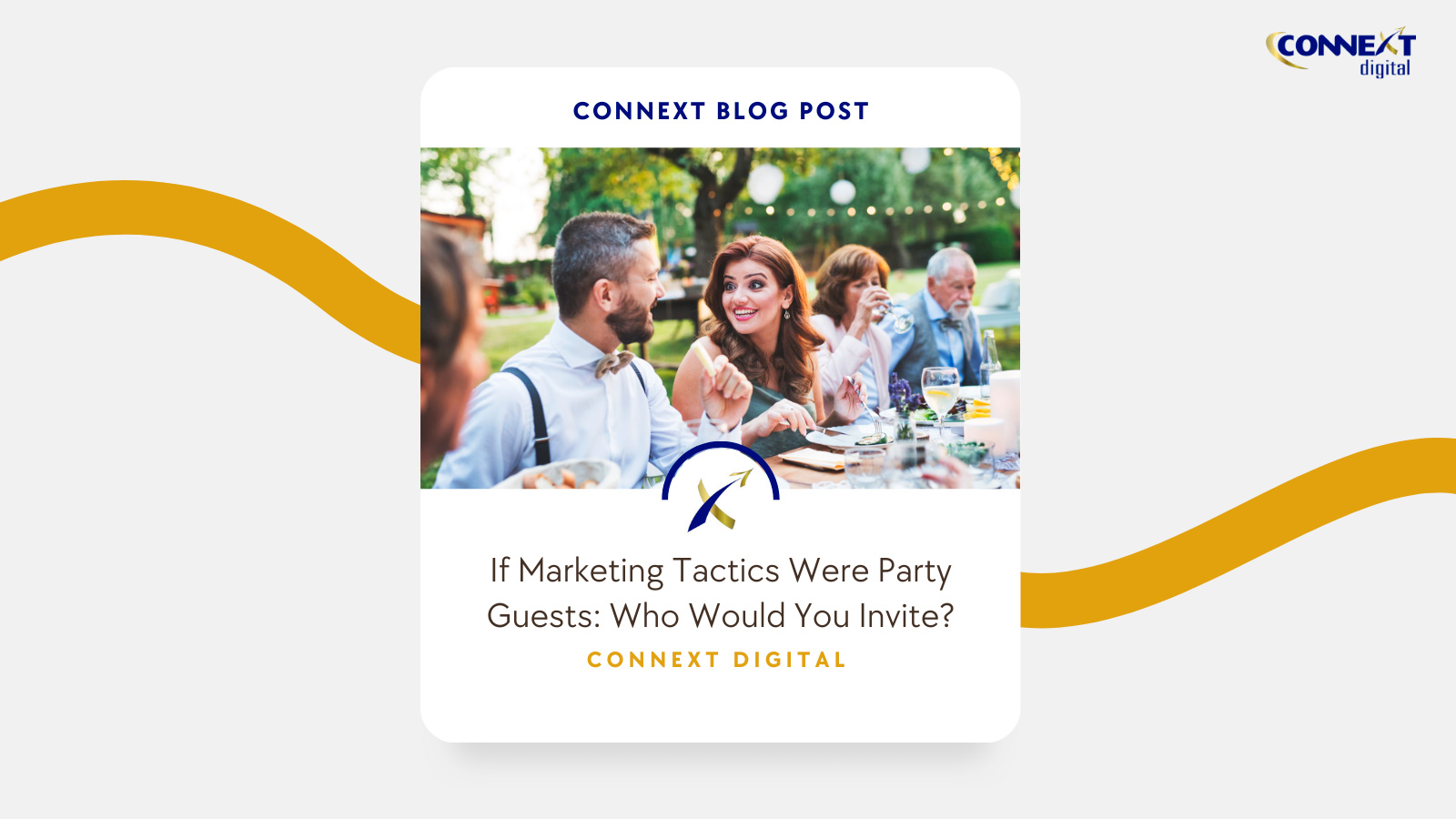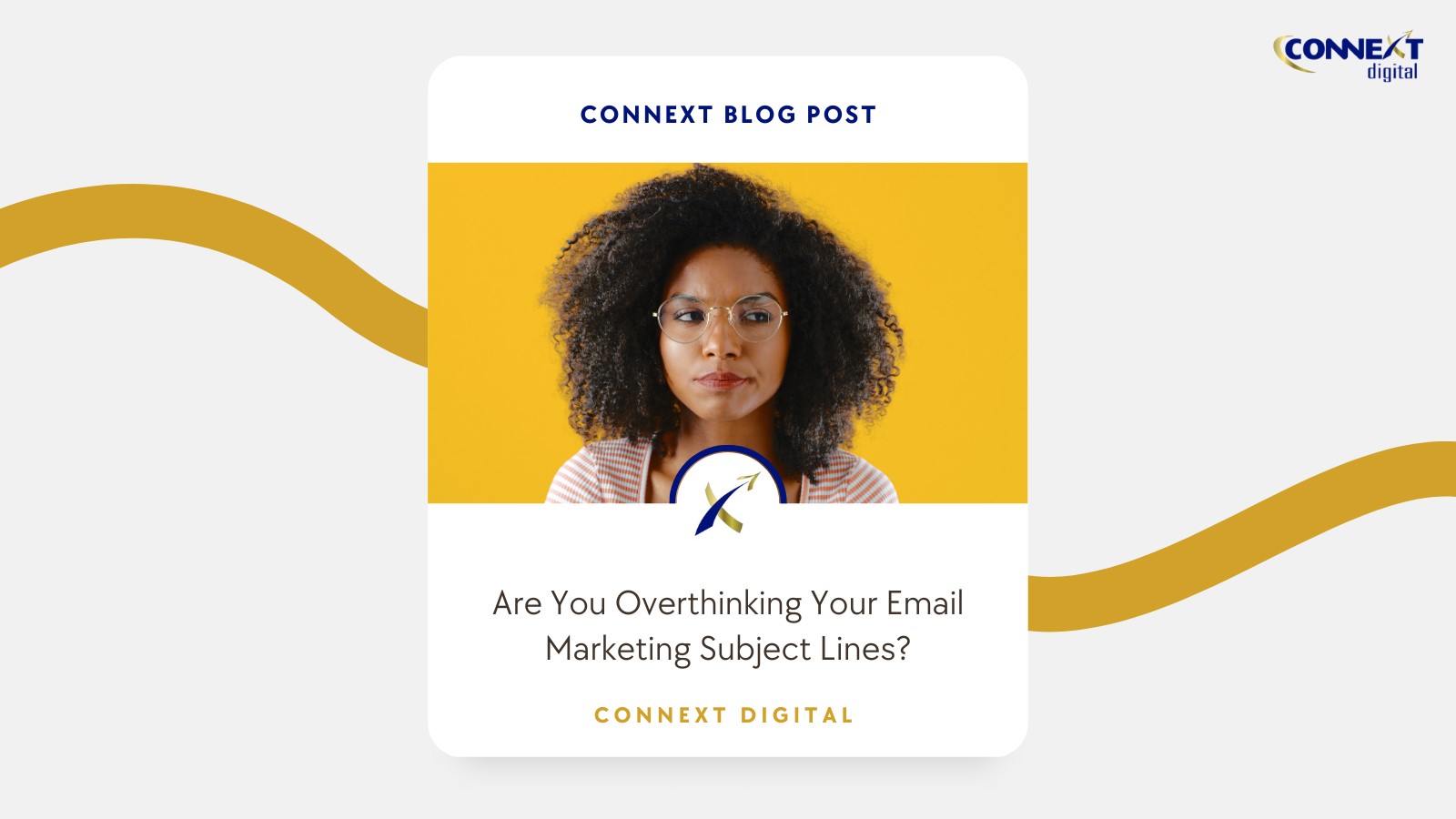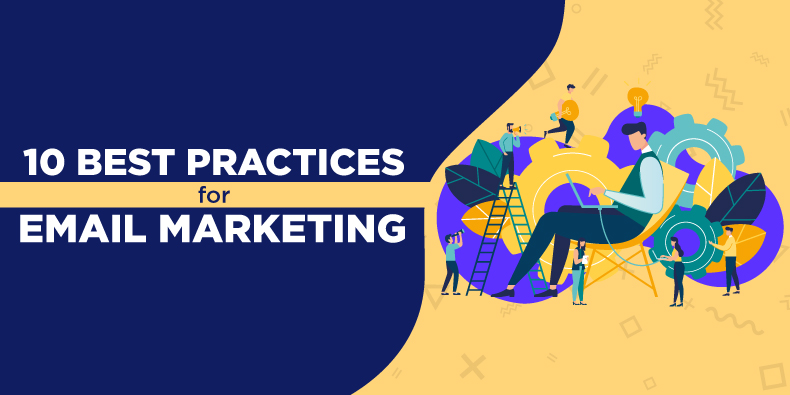
10 Best Practices for Email Marketing
Did you know that email marketing is one of the most cost-effective ways to reach consumers and increase sales? Every $1 of your marketing budget spent on email marketing can generate $38 in ROI, making it 40 times more effective at acquiring new customers than Facebook or Twitter.[1] While no two email marketing campaigns are the same, all successful ones incorporate the best practices presented below. By following these practices, you can ensure your email campaign builds brand awareness and trust and connects with the 59% of consumers who say that marketing emails influence their purchase decisions.[2]
- Identify Your Target Audience
Identifying your target audience starts with analyzing consumer behaviors across multiple platforms and touchpoints through audience profiling. Audience profiling goes beyond demographics to provide key data, detailed reporting and complete profiles to better understand who you are targeting. Once this data has been analyzed, you can create personas of ideal customers in order to align the message and creative of your emails with your target audience. In addition, you can determine if what you are offering in your email appeals more to a subset of your audience.
- Create an Email List
Building email lists doesn’t happen overnight and needs to be an ongoing part of your marketing strategy. Whenever customers make a purchase, be sure to include ways to obtain their email address. You can also encourage your website and social media audience to sign up with their email addresses in exchange for valuable free content, such as videos and educational materials. Including engaging content in your emails is a great way to get subscribers to share them, giving you access to their friends, colleagues and networks. If your email list is large enough, divide it into smaller segments based on more specific criteria for more targeted messaging. 39% of marketers using segmentation see better open rates.[3]
- Outline the Goal of Your Campaign & Methods to Track Results
How you design your email will depend on its purpose. Are you trying to encourage the purchase of a product or service or have a survey filled out on your website? Will it be integrated with other forms of marketing (social media, banner ads, in-store)? In order to track the effectiveness of your campaign, you’ll want to include tracking links that provide valuable insights into customer behavior, including click rates, top links clicked, and clicks per unique opens. A/B testing (also called split testing) is another method of tracking results that can lead to 49% higher conversion rates.[4] By sending variations of your email with different subject lines, CTAs, graphics, etc., you’ll be able to see which ones garner the best results and incorporate them into your next campaign or round of emails.
- Determine the Best Schedule for Your Emails
The best time and day to send out your emails depends on your target audience. In general, Monday through Friday from 10 to 11 a.m. achieves the highest opens and clicks for regular office employees. Entrepreneurs and workaholics, on the other hand, have a better response rate on weekends, with Saturdays at 11 a.m. yielding the highest opens and clicks.[5] Open rates begin to decrease significantly on the days leading up to holidays and reach a low point on the day of the holiday. As far as frequency goes, once a week or every two weeks is probably the maximum to avoid overwhelming recipients. For example, 49% of consumers say they would like to receive promotional emails from their favorite brands on a weekly basis.[6]
- Make It Mobile and User Friendly
Since your emails will undoubtedly be opened on smartphones and tablets, it’s essential to ensure that they are mobile-optimized to provide the best viewing experience on the go and wherever your audience may be. 41% of opens happen on a mobile device, increasing to up to 77% depending on the target audience, product, and industry.[7] Optimize the appearance of your emails for all viewers by using consistent fonts and formats for all platforms and devices. You’ll also want to limit the number of images since they may not display properly due to loading times, being blocked by a mail server and other issues. For this reason, you should always include ALT text so recipients know what you are trying to communicate in case the images do not show. In addition, single column width designs will ensure a user-friendly experience across all devices and platforms.
- Choose Impactful Subject Lines
The right subject line can be the difference between your email being opened or sent directly to the trash bin. Make the subject line personal by using words like “you” and “your” or the user’s name when possible since personalized email subject lines can boost open rates by 50%.[8] Emojis are a fun way to make your subject line stand out and connect with recipients to increase open rates. While the goal is to catch the recipient’s attention, you should avoid all caps, exclamation points and any words that can make your email look like spam. 69% of recipients report email as spam based on the subject line alone.[9]
- Use an Effective Preheader
Preheader text, the short summary that follows the subject line in the email inbox, is another area that can determine whether a recipient opens your email or not. Remember to keep the text short (50-100 characters) and place important information at the beginning in case some of the text gets cut off. The preheader should complement your subject line and further encourage recipients to open your email with a CTA or other enticing information.
- Include an Unsubscribe Link and Your Physical Address
Making it easy for recipients to unsubscribe from your emails is good for customer relations, keeps spam complaints to a minimum, and guarantees you are sending your emails to people who want to receive them. Your unsubscribe link should be easy to find and active to avoid frustrating your customers. If they do choose to unsubscribe, send a confirmation letter that uses the opportunity to find out why they are unsubscribing. This will provide valuable feedback that you can use to make adjustments to your email campaigns. In addition to an unsubscribe link, remember to include your physical address. Not only does this inspire confidence, but it is required by law to be CAN-SPAM compliant.
- Test the Email
The only way to know how your email will look before deploying it is by testing it on a variety of platforms, browsers and devices. Try to test it on each device and platform that your audience is most likely to use. For example, Apple iPhone and iPad, Gmail, Google Android and Outlook. When testing, you will want to check both the overall appearance and all links to make sure they are working properly. Remember to carefully proofread all text. 80% of respondents in a recent study cited spelling and grammatical mistakes as the most unacceptable email offenses,[10] and such errors also serve as spam triggers.
- Seed Yourself in the Final Email List
When the moment comes to launch your email campaign, don’t forget to send the email to yourself and a few other people in your company. Seeding yourself and others in the final email list allows you to track the delivery time, see what other recipients are seeing on a variety of devices, and understand what adjustments you may need to make for your next campaign.
There are now 3.9 billion email users in the world, and that number is set to grow to 4.48 billion by 2024[11] Whether you’re looking to drive sales, reach a new audience or strengthen your relationship with existing customers, email marketing offers unmatched opportunities to reach your goals. Following best practices will optimize the effectiveness of your email campaign, help you avoid spam triggers, and provide you with important insights into your audience that you can apply to all your marketing efforts. At Connext Digital, we offer full-service email marketing services with integrated marketing technologies to help our clients through every step of their campaign. Contact us today to learn how we can help you run successful email campaigns that effectively reach your target audience.
[1] https://www.campaignmonitor.com/resources/guides/email-marketing-new-rules/
[2] https://blog.hubspot.com/marketing/email-marketing-stats
[3] https://www.campaignmonitor.com/resources/guides/guide-to-segmentation-for-the-evolving-marketer/
[4] https://www.campaignmonitor.com/resources/guides/email-marketing-new-rules/
[5] https://www.entrepreneur.com/
[6] https://www.oberlo.com/blog/email-marketing-statistics
[7] https://www.campaignmonitor.com/resources/guides/email-marketing-new-rules/
[8] https://www.prnewswire.com/news-releases/data-personalized-email-subject-lines-boost-open-rates-by-50-percent-300516411.html
[9] https://blog.hubspot.com/blog/tabid/6307/bid/30594/a-marketer-s-guide-to-getting-past-email-spam-filters.aspx
[10] https://blog.hubspot.com/blog/tabid/6307/bid/30594/a-marketer-s-guide-to-getting-past-email-spam-filters.aspx
[11] https://www.statista.com/statistics/255080/number-of-e-mail-users-worldwide/
Jessica Rodriguez
Search for:
Subscribe to our Newsletter!
Most Popular Blog Posts
